
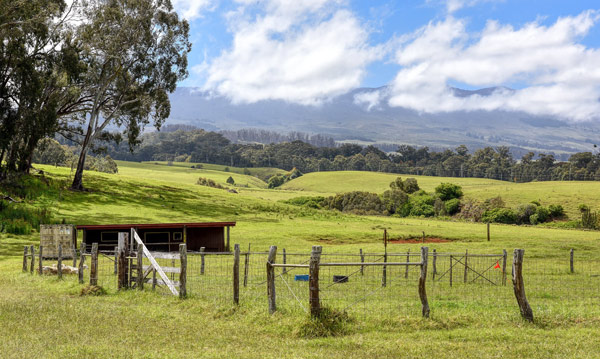
| SAVE THE DATE: MCFB’s Virtual Meeting – Oct. 14 Maui County Farm Bureau will hold its Annual Membership Meeting online on Thursday, Oct. 14, from 6:30 to 8:30 p.m. The webinar will be produced by Akakū Studios. MCFB will mail meeting packets to members on Friday, Oct. 1. Registration information will be in that packet. You will also receive a Mail Chimp notice in your email which you can easily click to register. Once you register, a Zoom link will be sent to your email. The meeting will include the announcement and presentation of MCFB’s 2021 Member Awards for Member of the Year, Friend of Farmer of the Year, Farm Family of the Year, and Mike Lyons Award. In other meeting business, members will meet the slate of directors to be elected and will have a chance to make additional nominations from the floor. Nominations will also be taken for delegates to the State Convention which takes place on Oct. 27. After the annual virtual meeting, ballots will be mailed out to all voting members for the board of directors election. Holding another annual meeting virtually is not what we were hoping for, but we continue to be optimistic that we will be able to meet again in person soon. We look forward to you joining us! |
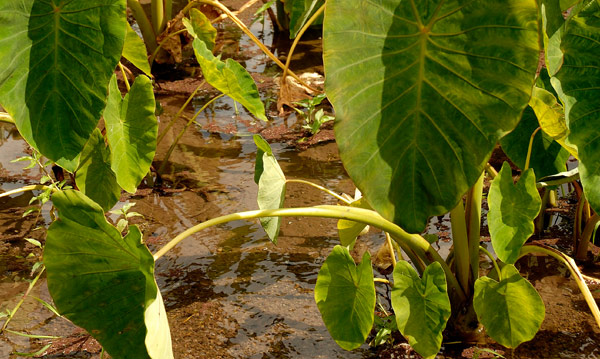
| Maui Drought Update With the recent drought conditions, Maui County Farm Bureau received the following update from Jeff Pearson, head of Maui County Water Department: |
| “The following is status on DWS Stage 1 drought restrictions, and current conditions of our upcountry system. “Due to recent rains, and trade conditions at lower elevations our 50 Mgal reservoir at Pi‘iholo WTF is at about 90 percent full. Water at this time is coming steady, but not always in the amount we produce. Kahakapau is at about 50 percent. “Of interest regarding the Stage 1 shortage is the delay for farmers to comply for 90 days. The 90 days comes up on or about Sept. 24. Of course I cannot predict the situation for late Sept., but there is a good chance we may still be in a Stage 1 water shortage. |
| Based on current information, we strongly encourage your continued conservation efforts. |

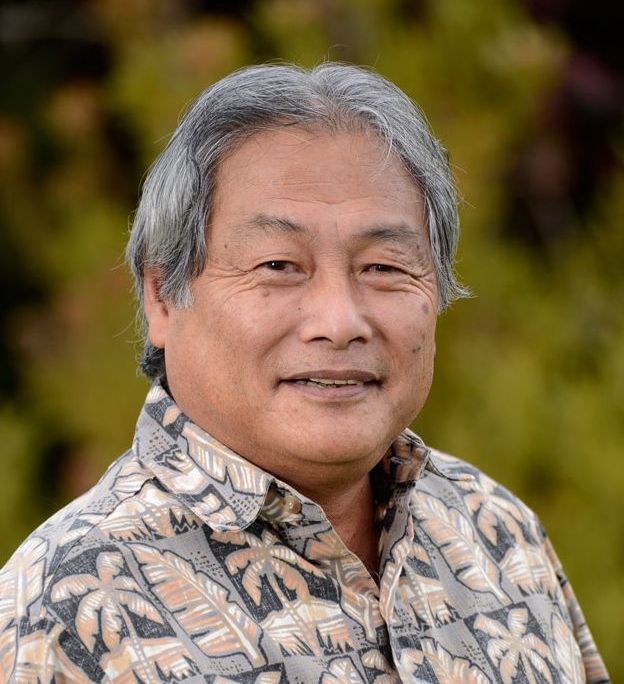
Aloha Members,
As farmers, we know that finding solutions to challenges is one of our biggest jobs. Among the challenges we face here on Maui is an increasingly high population of feral axis deer. The issue is a growing community concern as the deer move into residential areas and cause vehicular collisions, in addition to the extensive damage they cause to the agricultural community.
Past efforts to address the issue have had very little success, with our farms and ranches suffering increased damage and economic pressure from the steadily growing population of feral ungulates. Frequent droughts have only compounded the situation.
However, there is hope on the horizon: Mayor Victorino and Councilmember Yuki Lei Sugimura recently announced the formation of the Maui Axis Deer Task Force. This group consists of the Maui County Farm Bureau, Maui Cattlemen’s Association, the County of Maui, and several county, state and federal agencies.
The new task force’s mission is to manage and control the deer and to find more resources and funding to effectively address the issue. The group will look at feral ungulates as a whole and will analyze past efforts by others, building on these efforts to develop attainable solutions. Regular meetings of the task force will be set by the group.
We at Maui County Farm Bureau are eager to work together with the group to find solutions to this challenging problem. Stay tuned for updates in future newsletters!

Warren K. Watanabe
Executive Director


Aloha kākou,
Just wanted to provide a friendly update for our livestock producers. The U.S. Department of Agriculture is providing more time for livestock and poultry producers to apply for the Pandemic Livestock Indemnity Program, or PLIP.
Livestock producers who suffered losses during the pandemic due to insufficient access to processing may now apply for assistance for those losses and the cost of depopulation and disposal of the animals through Oct. 12, 2021. The original deadline for PLIP was Sept.17, 2021.
PLIP is part of USDA’s Pandemic Assistance for Producers initiative. Check your records because the PLIP provides payments for losses of livestock or poultry depopulated from March 1, 2020, through Dec. 26, 2020, due to insufficient processing access as a result of the pandemic. Payments are based on 80 percent of the fair market value of the livestock and poultry and for the cost of depopulation and disposal of the animal. Eligible livestock and poultry include swine, chickens, and turkeys.
To learn more about PLIP, follow this link: farmers.gov/plip
Learn more about other pandemic assistance programs for producers here: www.farmers.gov/coronavirus/pandemic-assistance
Mahalo,
Kyle Caires
President

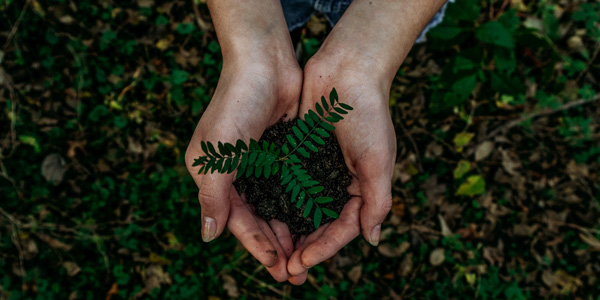
Native Hawaiians in Agriculture
Hawaiian Community Assets (HCA), a 501(c)3 nonprofit, HUD-approved housing counseling agency and community lending institution, is aiming to fill a critical need in the community with a new financial assistance program for Native Hawaiian farm owners, farm workers and/or employees working in all areas of agricultural businesses. Native Hawaiians working in agriculture are encouraged to apply and receive practical help in a variety of areas.
Among possible benefits, applicants to the program may: get help to qualify for rental and mortgage loans; access loans up to $100,000 for home buying costs (income and other program restrictions apply); qualify for up to $11,500 in grant funds for home purchase; and learn about HCA’s grants for first month’s rent/deposit up to $4,000.
Through the program, Native Hawaiian agricultural employees will receive free tools and training from HCA’s certified counselors. Tools include career coaching, assistance with monthly budget planning, childcare finance match, and more—all designed to help farmers qualify for financial assistance.
According to Jeff Gilbreath, executive director of HCA. “We have a goal of reaching 100 farmworkers through this program.” To do so, HCA is reaching out to MCFB and Hawai‘i Farm Bureau and its 10 other county chapters, and the Hawai‘i Farmers Union United and its 12 county chapters. The Native Hawaiian Farmers program is open to all ages statewide, and the deadline to register is Sept. 30.
The program is part of a series of targeted plans that HCA offers for renters, homeowners, families and now farmers. With Financial Opportunity Centers on Maui, O‘ahu, Kaua‘i and Hawai‘i Island, HCA provides benefits such as financial/renter education workshops, individualized housing counseling, and access to financial products.
HCA builds the capacity of low- and moderate-income families to achieve and sustain economic self-sufficiency, with a particular focus on Native Hawaiians. To apply, please contact HCA toll-free (866) 400-1116 or visit www.hawaiiancommunity.net
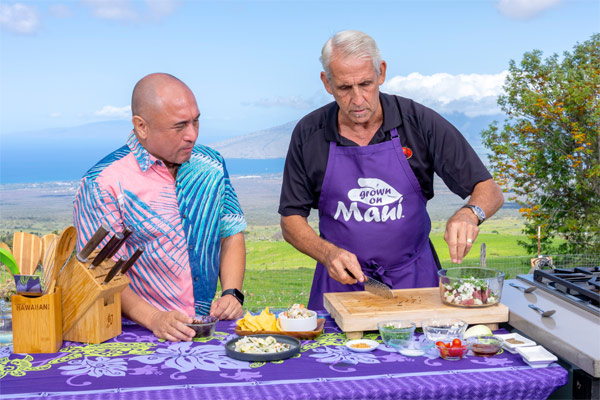
Talented Mr. Falconer on Cooking Hawaiian Style!
Season 15 of Cooking Hawaiian Style continued to entertain and remind viewers of Hawaiʻi’s diverse food culture and what’s grown, raised and caught on and around our islands. We were happy to have had Kimo Falconer as an MCFB guest on episode 11, which aired on Sept 14. Did you know our very own board member is a fifth generation Lahaina resident and descendant of George Freeland who built the famed Pioneer Hotel and Amabel Kahuhu?
In addition to the recipes made on the show, CHS shares interesting information and memorable stories about the people of our islands.
Kimo was raised working on a California ranch during the school year and fishing with his grandfather in Hawai‘i during the summer. He moved to Hawai‘i in 1979 after graduating from Cal Poly State University, San Luis Obispo with a degree in agriculture. For 20 years, Kimo managed agricultural research and production for Pioneer Mill Company on Maui. Today, he is keeping Maui’s agricultural legacy alive under the MauiGrown Coffee brand. MauiGrown Coffee is the largest individually operated coffee grower in the U.S. and the original and only major producer of 100% MAUI Origin Coffee in the world. It was exciting to have Kimo on the show and to learn about his fondness for poke and ceviche.

Whatʻs a cooking show without Chef Sheldon Simeon?
Sheldonʻs Cooking Hawaiian Style episode aired Monday, Sept. 20 on OC16 and will repeat on Monday, Dec. 20 when season 15 will rerun all 13 shows starting Oct. 4 through Dec. 27.
Born in Hilo, Chef Sheldon Simeon acquired his love for cooking from his parents. His culinary education took him from Hilo High to the Culinary Institute of the Pacific onto an internship at Walt Disney World. Upon returning to Hawai‘i, Simeon attended Maui Culinary Academy. After achieving the title “Fan Favorite” in the award-winning series Top Chef, Sheldon opened his casual eatery in Kahului Maui called Tin Roof. For Sheldon, his culinary journey has always been about working closely with local farmers, fishermen, ranchers, artisans, & purveyors to provide honest, ono food to our community. It was great to have Chef Sheldon in Season 15 sharing homegrown recipes featured in his newly released cookbook “Cook Real Hawai‘i”. Here is his recipe for Chicken Hekka.

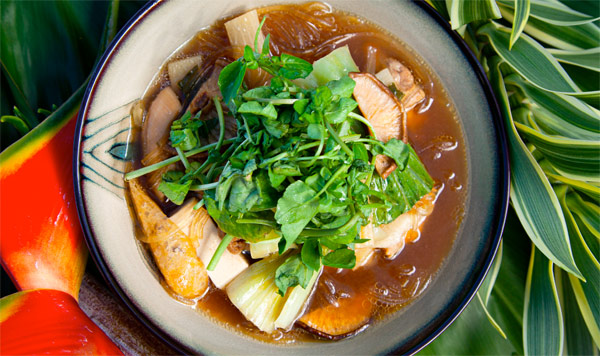
| Chicken Hekka by Chef Sheldon Simeon Serves 4-6 ¾ cup packed light brown sugar ¾ cup shoyu ¾ cup mirin 6 dried shiitake mushrooms 6 ounces dried cellophane or glass noodles 2 ½ tablespoons toasted sesame oil 2 pounds boneless, skin-on chicken thighs, sliced into 1-inch-wide-stripes 2 tablespoons grated fresh ginger 2 tablespoons minced garlic 1 cup diagonal-cut carrot slices 1 medium yellow onion, thinly sliced 1 (14-ounce) can baby corn, halved lengthwise on the diagonal 1 cup canned sliced bamboo shoots 6 cups chicken broth 2 cups fresh watercress, cut into 3-inch pieces 2 small baby bok choy, trimmed and cut into 2-inch pieces 4 ounces aburage, sliced into ½-inch-wide stripes 8 ounces extra firm tofu, cubed 6 scallions, cut into 2-inch pieces Cooked rice, for serving (optional) |
| In a small bowl, whisk together the brown sugar, shoyu, and mirin and set aside. Place the dried shiitakes in a bowl and cover with warm water to soften. Place the noodles in a bowl and cover with warm water to soften. In a large wok or Dutch oven, heat the sesame oil over medium-high heat. Add the chicken, increase the heat to high, and saute until the meat is mostly cooked, 3 to 4 minutes. Add the ginger and garlic and saute until fragrant. Add the carrots, onion, baby corn, bamboo shoots, shoyu mixture, and Chicken Broth. Reserving the soaking liquid, drain the mushrooms, cut off and discard any stems, and slice the caps. Add them and the soaking liquid to the pan. Bring all of this to a boil, then reduce the heat and simmer for 10 minutes. Drain the cellophane noodles (they should be softened at this point) and cut into 3-inch lengths. Add them to the pan along with baby bok choy, aburage and tofu. Simmer until bok choy are blanched but firm about 2 to 3 minutes. Finish by folding in watercress and scallions. Serve with cooked rice if desired. |
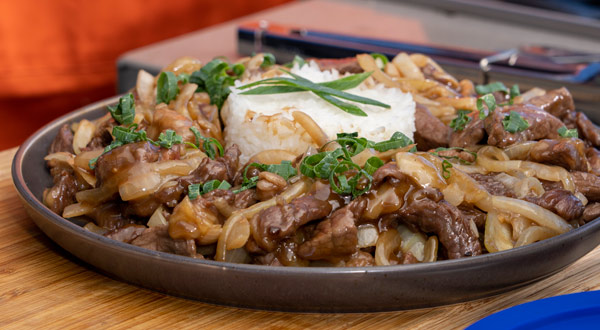
MCFB’s board president Kyle Caires was on Cooking Hawaiian Style on Aug. 23. His episode will air again on Nov. 22. Here’s one of the dishes he made featuring Maui Cattle Co. beef.
Peanut Beef Dish
1.5 lbs. Beef steak (sirloin, strip loin, or chuck), thinly sliced into 3/8 inch to 1/2-inch strips
1 medium Kula onion, sliced 1/4-inch thick
1 tablespoon vegetable oil
1/3 cup smooth peanut butter
1/3 cup shoyu
1/3 cup white cane sugar
1 tablespoon fresh garlic, minced (please no elephant garlic, imparts bad taste)
1 small bunch green onion, finely chopped
Pinch Hawaiian salt
Heat the oil in a large nonstick saucepan pan over medium heat.
Add the onions and garlic then saute stirring occasionally, cooking until soft.
Remove and set aside.
Add sliced beef to pan, add a pinch of Hawaiian salt, and saute to medium rare, stirring occasionally. Turn off heat, remove beef and set aside with the onion and garlic.
Add peanut butter, shoyu and sugar to saucepan. Start heating on medium-high until peanut butter melts, then reduce heat to medium low. Stir with wooden spoon to meld/mix ingredients for 1-2 minutes.
Return beef and onions to pan. Stir to adequately coat the steak evenly. Turn off fire, let rest 1-3 minutes.
Serve over white rice. Garnish with green onion. Enjoy.
